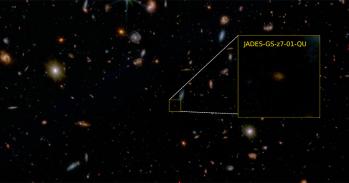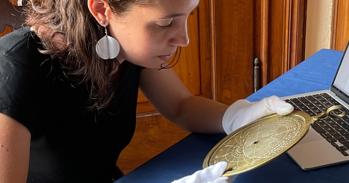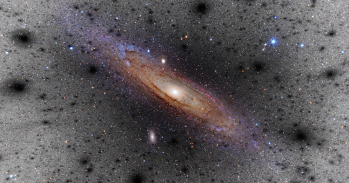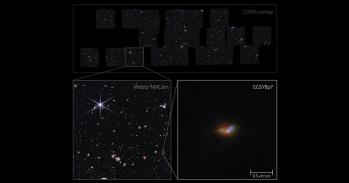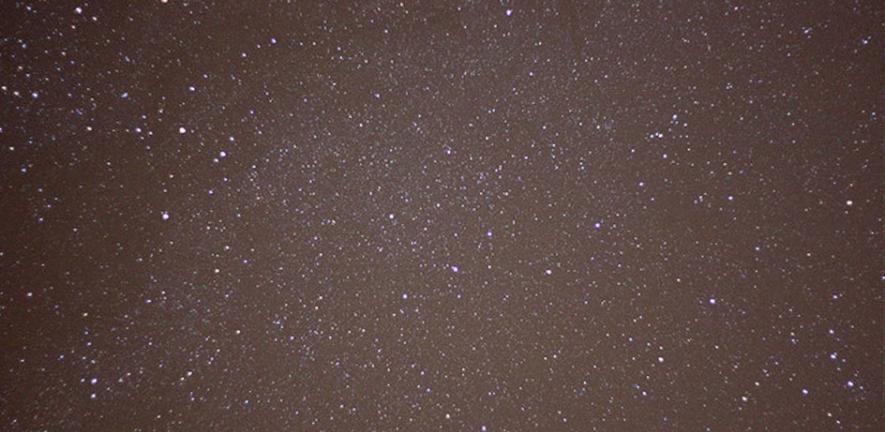
A Cambridge PhD student is following in his great-great-grandfather's footsteps by helping to measure the speeds of up to one million stars passing near the Sun, a huge advance on the efforts of his ancestor who was able to measure the speeds of only 100 stars over a century ago.
A Cambridge PhD student is following in his great-great-grandfather's footsteps by helping to measure the speeds of up to one million stars passing near the Sun, a huge advance on the efforts of his ancestor who was able to measure the speeds of only 100 stars over a century ago.
A Cambridge PhD student is following in his great-great-grandfather's footsteps by helping to measure the speeds of up to one million stars passing near the Sun, a huge advance on the efforts of his ancestor who was able to measure the speeds of only 100 stars over a century ago.
George Seabroke, a graduate student at the Institute of Astronomy in Cambridge, is participating in the RAdial Velocity Experiment (RAVE), an ambitious survey to measure up to one million stars. The first RAVE data release, which was just announced, includes 25,000 stars from the first year of RAVE (over 80,000 stars have been observed to date).
"The speeds of stars reveal where they were born," said George Seabroke. "We're trying to find out whether stars in our own Milky Way galaxy were actually made here or whether some of them existed in other galaxies, before becoming part of our Galaxy. Such a large survey wasn't possible in my great-great-grandfather's era."
Current galaxy formation theories predict that some of these other galaxies were cannibalised by the Milky Way a long time ago as it was growing, leaving their very old stars where we see them today. Uncovering these fossil remains will reveal the history of our Galaxy.
For the last three years, RAVE has been using the unique capabilities of the 1.2-m UK Schmidt Telescope of the Anglo-Australian Observatory, sited at Siding Spring Observatory in New South Wales, Australia. George Michael Seabroke is part of the international team of astronomers working on RAVE.
George's great-great-grandfather, George Mitchell Seabroke, was an early pioneer in measuring the speeds of stars at the Temple Observatory, Rugby School, Warwickshire, in the 1880s. George Senior could only look at the light spectrum of one star at a time through the telescope eyepiece. RAVE's telescope looks at an area of sky more than 100 times greater than the full Moon.
This work is licensed under a Creative Commons Licence. If you use this content on your site please link back to this page.


